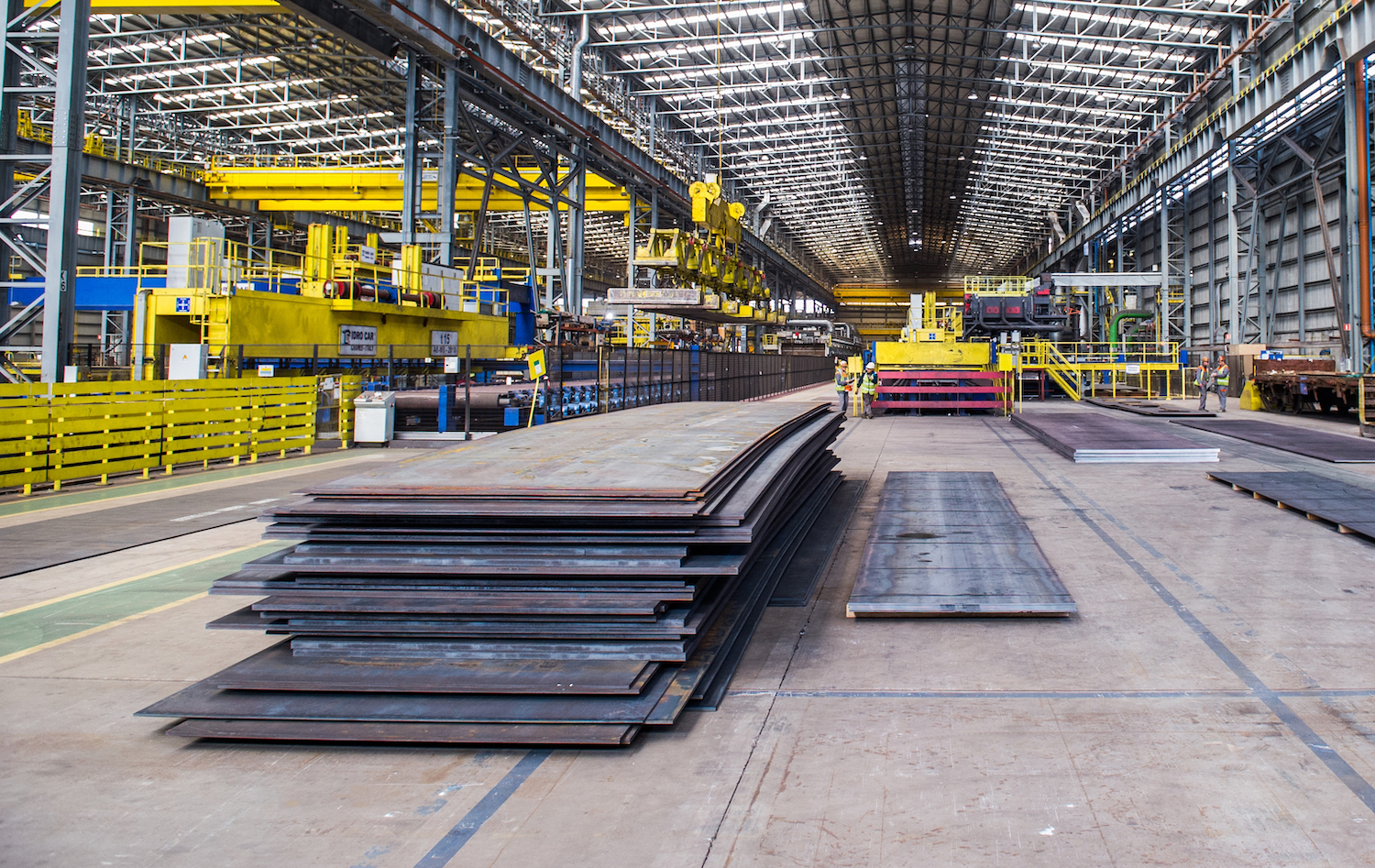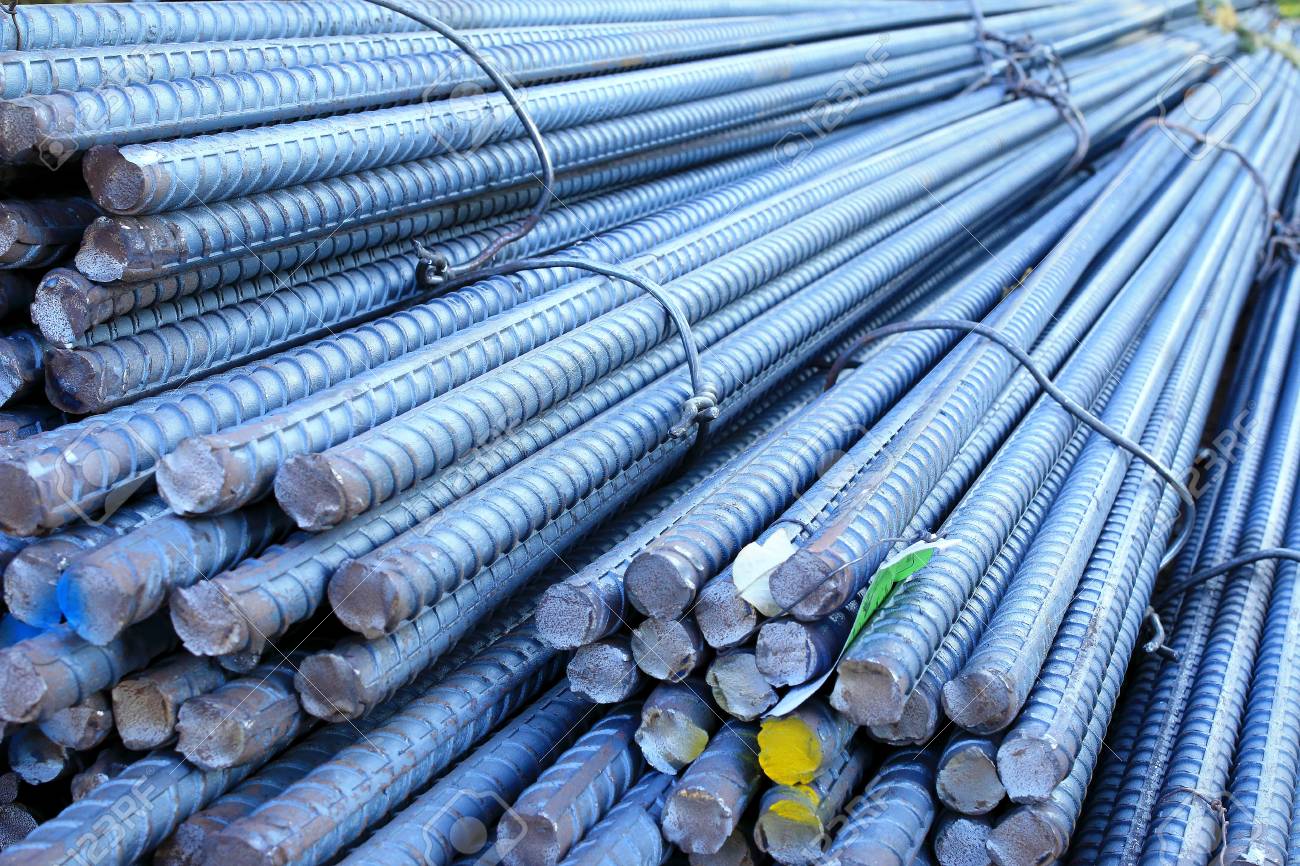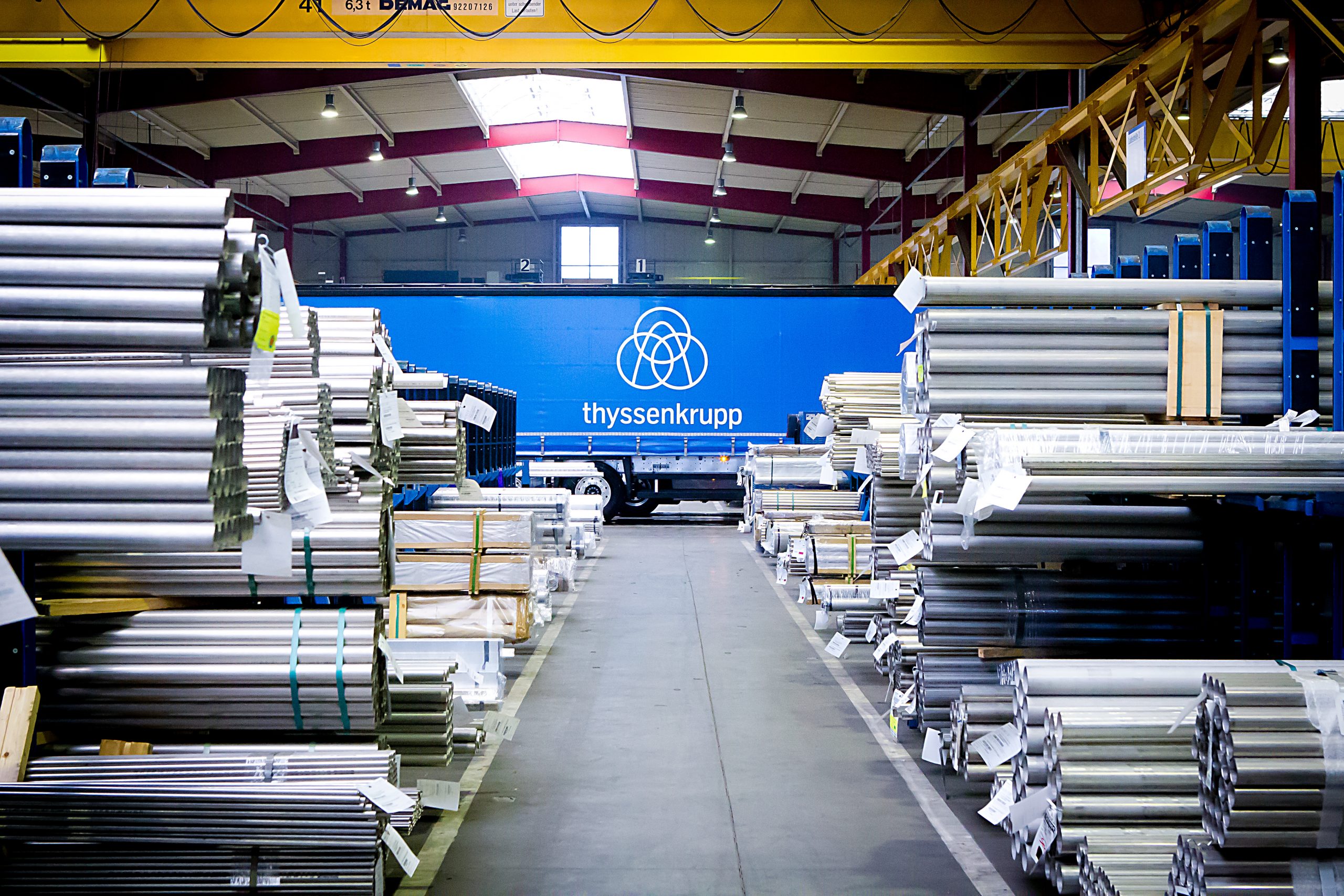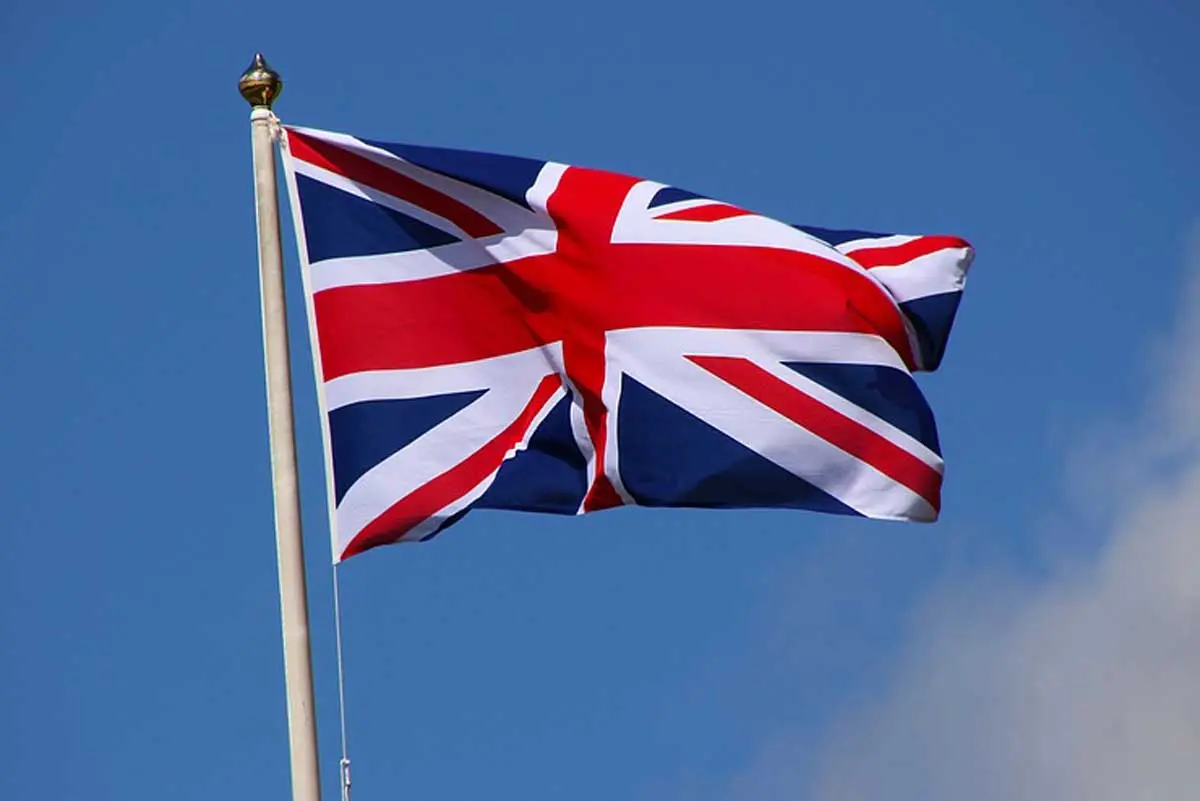
Heavy steel plate prices edge down in Italy ahead of steady April; prices stable in Northern Europe
Steel plate prices were stable in Northern Europe, but slightly down in a quiet Italian market in the week to Wednesday March 29, with producers in Southern Europe giving discounts for bigger volumes, sources told Fastmarkets.
Italy
Italian re-rollers were offering May delivery plate at around €900-910 ($974-985) per tonne EXW, with transactions for small tonnages reported at the lower end of the range over the past week.
Stockholder prices for bigger volumes, however, could be below €900 per tonne EXW – at about €870-890 per tonne EXW, sources said.
Stockholders in Italy are now looking to book May delivery plate, but traded volumes remained limited in the week to Wednesday, they added.
Fastmarkets’ weekly price assessment for steel domestic plate, 8-40mm, exw Southern Europe was €890-900 per tonne on Wednesday, down by €10-20 per tonne from €900-920 per tonne on March 22.
Market participants said they expect plate prices to stabilize in April.
“Prices for slab, [which is the key feedstock for steel plate production,] have stabilized,” a mill source told Fastmarkets. “Imports are quite expensive [and] there has been some limited restocking, so a rollover [in plate prices] is a very likely scenario.”
A buyer source agreed, but said supply tightness was a key issue.
“The lack of heavy plate-grade slab will keep the market stable in April,” the buyer source said.
Steel plate from Indonesia and South Korea was on offer in Italy at €860-870 per tonne CFR, for June shipment, sources said, which was also largely stable over the past week. No new booking were reported, however, because the Italian buyers did not consider those offer prices “workable” given the long lead times and the fact they are in line with domestic prices.
Northern Europe
In Northern Europe, steel plate prices have been largely unchanged in the week to March 29, with trading in the region slow and buyers maintaining a “wait-and-see” stance, sources said.
The plate volumes held by distributors and stockholders has reduced, however, so a pick-up in activity is expected soon, they added.
“Stock levels for [heavy plate] have sunk to their lowest level for the past six years,” a trader source told Fastmarkets, “so restocking activity is expected, especially for special sizes and grades.”
One integrated mill in Germany was offering May rolling plate to the spot market at €1,050 per tonne EXW, according to some market participants.
Another integrated mill in the nation, traditionally more focused on sales for projects,was maintaining offers at €1,100 per tonne EXW
Offers from France and Denmark to Germany were heard at €1,030-1,050 per tonne CPT for S355-grade plate with May delivery.
Czech re-roller was aiming for €1,085 per tonne CPT to the German market and reportedly had limited allocation.
Several sources also reported that limited tonnages from a Polish producer were on offer in Germany at €1,070 per tonne CPT, but added that the price was not considered workable because the supplier had apparently had problems with production and had delayed previous deliveries.
Fastmarkets’ weekly price assessment for steel domestic plate, 8-40mm, exw Northern Europe was €1,050 per tonne on Wednesday, narrowing from €1,040-1,070 per tonne on March 22 and reflecting the lower offers, deals and buyer estimates of achievable prices.
Published by: Julia Bolotova


Beltrame sees EU funds, green policies to sustain steel market recovery
European steel merchant bar producer AFV Beltrame Group forecast for 2023 a consolidation of the 2021 volumes to 2.2 million-2.3 million mt of finished products, Carlo Beltrame, head of business development and the CEO of France and Romania, told S&P Global Commodity Insights March 28.
The National Recovery and Resilience Plan is the instrument that, using Next Generation Europe funds, will make Italy more sustainable and better prepared for the challenges and opportunities of the green and digital transitions within the EU, of which 37.5% of the plan will support climate objectives and 25.1% will support the digital transition, he spoke on phone during his roadshow to present the company’s low-carbon emission green product Chalibria.
“At the moment, the market is very quiet because the demand is low not only in Italy but also across Europe due to the high interest rates that are slow due to the high interest rates. I think that as soon as we see the EC funds being used, the situation will change in both the private and public sectors. Companies that can provide low-carbon products to the market will do particularly well,” Beltrame said.
The Merchant Bar Europe Domestic monthly went down since the beginning of the year to Eur820/mt delivered from Eur885/mt delivered, with prices that have been stable since February, according to S&P Global data. The Platts TSI Northwest Europe Rebar prices registered a similar path, beginning January from Eur745/mt to Eur710mt base ex-works March 22.
Back in November, Beltrame announced the production of Chalibria. The company at the moment is doing a roadshow in Italy, France, Romania and Switzerland where it has steel production sites. On March 28, the company did a large event in Italy.
Beltrame aims to reduce its CO2 emissions (Scoop 1+2) by 40% by 2030 and to achieve this it has defined a Eur200 million ($185 million) decarbonization plan with a roadmap to accelerate the transition toward climate neutrality.
“Through Chalibria we want to convey the group’s sustainability strategy. The green evolutions at a European level are so fast, the changes so rapid that we need to respond promptly. We are working on this as a company and at the moment we are already the first producer in France to comply with the law against greenwashing, thank you to our zero-emission certified steel,” Beltrame said, although he underlined that the Beltrame Group’s activities are already well below average international and European sectors, reaching 570 kgCO2/mt of rolled steel.
Beltrame produces steel via the electric arc furnace route. “I believe that as EAF producers, we need to focus on Scope 2 and 3, for this reason, we bought hydroelectric plans whose closing will be in May as well as the already announced construction of a photovoltaic park in Targoviste.”
Beltrame confirmed that the 70-55 MW park in Targoviste should be ready to be operative by late October.
In March 2022, Beltrame bought the special steel producer Romania-based Targoviste (COS) for Eur33.3 million to transform COS Targoviste into an important production unit, investing Eur100 million to revamp the mill.
“In April, we will start production in COS and we will produce 15.000 mt of rebars every month and then 20,000 mt a month from 2024,” Beltrame told S&P Global.
Carlo Beltrame also updated about plans to build a 600,000 mt/year greenfield steel plant in Romania and a 100 MW solar power farm.
“We are very much focused also on this project. We have submitted to Romania’s government our environmental impact assessment and we are waiting for the authorizations while in parallel we are working with the creditor’s banks,” he added.
— Annalisa Villa

KÜBLER joined as member of EUROMETAL

We are pleased to inform you that KÜBLER GmbH joined as associate member of EUROMETAL.
Headquartered in Ludwigshafen (Germany), KÜBLER Group, founded in 1989, has since developed as a company dedicated to Automation and Heating technologies.
The company with more than 130 employees accounts for around 14 million euros in sales is also located in Austria, Switzerland, Czech Republic and Hungary.

Barrett Steel acquires Aartee Bright Bar
Aartee Bright Bar (ABB) administrators Alvarez & Marsal Europe have sold the insolvent UK engineering steel distributor to Barrett Steel Limited for £13 million ($16m).
The acquisition encompasses Aartee Bright Bar Limited’s distribution business, located in Rugby, Bolton, Newport and Southampton, and its Bright Bar business operating out of Willenhall, as well as Aartee Bright Bar Property Limited’s freehold and leasehold interests at these sites. As a result of the sale, 173 jobs have been saved.
However, Aartee Bright Bar Limited’s Hot Rolled business in Dudley is not included in the transaction and will be wound up, leading to 45 redundancies and the closure of the site.
“This substantial investment from Barrett Steel is a vote of confidence in the business and the wider UK steel industry. The Companies’ creditors will now receive a substantial dividend and will have the opportunity to trade with the new business going forward,” Alvarez & Marsal managing director Michael Magnay says in a note sent to Kallanish.
Barrett Steel chief financial officer Marcus Tyldsley says his firm is “delighted” with the acquisition “as part of our ongoing expansion strategy”.
Bradford-based Barrett Steel is the UK’s largest independent steel stockholder. The firm recently announced plans to build a £10m dedicated steel distribution centre at its Groveport site in North Lincolnshire (see Kallanish passim). The firm’s revenue in 2021, the latest figures available, rose 44% on-year to £440.99m, while net profit was £41.11m versus a year-earlier loss of £5.5m.
Jeffrey Kabel, chief transformation officer at Liberty Steel, whose parent GFG sought to buy Aartee Bright Bar out of administration earlier this month, says GFG’s business plan “would have rescued ABB in its entirety, saved all its 250 employees and ensured its continuation as a going concern. Within hours of this development we’ve witnessed the devastating impact of the decision with the announcement of immediate layoffs of all employees at ABB’s steel plant in Dudley.”
“We struggle to see the logic in this outcome which has put short-term gain for a selected few ahead of the long-term interest of the UK steel industry and its workforce,” Kabel adds.
Adam Smith, Poland


Thyssenkrupp Materials tackles customers’ Scope 3 emissions
Thyssenkrupp Materials Services says it has started offering emission reduction certificates with which customers can offset emissions along their own production and value chains.
The certificates, called Voluntary Carbon Credits (VCCs), are selected in accordance with careful criteria that must be reviewed and developed continuously, the company tells Kallanish.
When selecting projects, the question of whether they are sustainable and accompanied by additional measures plays a critical role. Examples of such projects include reforestation, expansion of drinking water supplies and direct air capture carbon and storage, tk Materials explains.
This involves extracting CO2 out of the atmosphere or a vent, compressing it into rock layers and storing it in mine tunnels, for example. The portfolio also includes biochar projects. Biochar is a process in which biomass is compressed under extreme heat so that no CO2 can escape. The resulting product can be used as a plant fertiliser, for example.
It is crucial that the process is transparent and recorded in accessible registers to ensure that emission values are assigned to specific VCCs, the company points out. A prerequisite for offsetting is knowledge of one’s own CO2 footprint. At tk Materials, this is achieved with the “Product Carbon Footprint Calculator” introduced in 2022. The company claims it is the first large steel distributor to offer Voluntary Carbon Credits.
Christian Koehl, Germany


Union criticises UK budget lack of steel support
The Unite Union has expressed its disappointment over the recent UK budget announcement not containing more support for the steel industry, calling on Prime Minister Rishi Sunak to ensure the sector’s competitiveness.
This comes as reports circulated of Tata Steel UK potentially closing a blast furnace at Port Talbot in July. Last July, Tata Group chair Natarajan Chandrasekaran warned that some UK sites might be closed in 12 months without government support towards decarbonisation.
In January, the government was reported in talks with both Tata Steel and British Steel over £300 million ($367m) in funding each for this purpose, but a deal is yet to be agreed, and some sources say the figure falls short of the steelmakers’ expectations.
“The government has legislated to reduce emissions to net zero by 2050. This means that to maintain UK steel production in future there needs to be proper support to transition from coke furnaces to new technologies using electricity or hydrogen,” Unite says in a note seen by Kallanish.
“This will require billions of pounds of investment. While it is welcome that the government is now reportedly preparing £600 million of sector support, this is small beer compared to countries like Germany and the US that have already provided billions of pounds worth of public investment. We now need adequate funding in the UK and we need it tied to job protection guarantees. Intervention is essential but cannot be about rescue packages that only end up helping investors, while jobs disappear,” it adds.
The government must also ensure UK infrastructure projects use UK-made steel, while high energy costs must be tackled to ensure UK steelmakers’ survival, it concludes.
Adam Smith, Poland


European Commission to review Severstal HRC duty

The European Commission is reviewing the existing anti-dumping duty (ADD) on hot-rolled coil (HRC) shipments from Russian steel producer Severstal after being petitioned by European steel association Eurofer.
Argus previously reported in May 2020 that Eurofer was pressing for the review. The investigation period will cover 1 January 2020 to 31 December 2020.
Russia during January-October shipped 1.38mn t of HRC into the EU, up slightly from 1.37mn t the previous year. While there was no significant change in volume, Russian import prices were exceptionally competitive for certain periods last year, with some offers around €70/t or further below domestic quotations.
The vast majority of this material, if not all, came from Severstal, as it has by far the lowest existing ADDs of all Russian producers. Severstal has a fixed €17.60/t duty, while its Russian counterparts carry duties as high as €96.50/t.
Eurofer in petitioning the EU “provided evidence” that Severstal took the “strategic decision to change its operating business model and increase its export volumes to the EU”, as well as its higher prices in the domestic Russian market than for exports. It also provided evidence that Severstal’s dumping margin was “significantly higher” than the margin of 5.3pc established in the original investigation.
Traders have said, in the event of Severstal’s duty being reviewed, they will push for similar reviews on other Russian producers with significantly higher duties.
By Colin Richardson


Massiver Gewinneinbruch zwingt zu Senkung der Prognose

Insbesondere in Europa, wo die voestalpine rund zwei Drittel ihres Umsatzes generiert, wirkten sich die Abschwächung der exportorientierten Industrie infolge zunehmender globaler Handelsbeschränkungen, die verringerte Nachfrage aus der Automobilindustrie sowie reduzierte Investitionen auf alle Konzern-Divisionen aus. Aber auch in China und den USA schlugen sich die weltweiten Handelskonflikte in einer nachlassenden konjunkturellen Dynamik nieder. Im Stahlbereich wurden die Bedingungen zusätzlich durch massiv gestiegene Rohstoffkosten bei sinkenden Verkaufspreisen und unverändert hohen Stahlimporten nach Europa verschärft. Weiterhin belasten auch die finanziellen Aufwände für CO2-Zertifikate in der Europäischen Union sowie unternehmensintern die Hochlaufkosten beim Automotive-Werk in Cartersville, USA, die Ergebnismargen.
Entwicklung von Umsatz und Ergebnisziffern
Nach Jahren des Wachstums schwächte sich der Umsatz der voestalpine im 1. Halbjahr 2019/20 gegenüber der Vergleichsperiode 2018/19 um 2 % von 6,7 auf 6,5 Mrd. EUR ab. Deutlich stärker war der Rückgang auf Ergebnisseite spürbar: Das operative Ergebnis (EBITDA) verminderte sich um 23 % von 860 Mio. EUR im Vorjahr auf aktuell 666 Mio. EUR. Das EBIT ging im gleichen Zeitraum um mehr als die Hälfte von 480 auf 230 Mio. EUR zurück. Auf Basis eines Nettofinanzergebnisses von minus 67 Mio. EUR ergab sich für die aktuelle Berichtsperiode ein Ergebnis vor Steuern in Höhe von 163 Mio. EUR (Vorjahr: 422 Mio. EUR). Das Ergebnis nach Steuern fiel mit 115 Mio. EUR um 64 % geringer aus als im Vorjahr (320 Mio. EUR).
Die Verschuldungskennzahl Gearing Ratio (Nettofinanzverschuldung im Verhältnis zum Eigenkapital) des voestalpine-Konzerns war im 1. Halbjahr 2019/20 neben der operativen Entwicklung und der Dividendenzahlung maßgeblich von bilanztechnischen Faktoren bestimmt. Zum einen vergrößerten sich die verzinslichen Passiva infolge einer Umstellung der internationalen Rechnungslegungsvorschriften (bilanzielle Miteinbeziehung der Leasingverhältnisse gemäß IFRS 16) gegenüber dem Bilanzstichtag (31.3.2019) um rund 437 Mio. EUR. Zum anderen wurde im Berichtszeitraum die im Jahr 2013 begebene Hybridanleihe mit einem Volumen von 500 Mio. EUR per 31. Oktober 2019 gekündigt und scheint damit per 30. September 2019 in der Bilanz nicht mehr in der Position Eigenkapital, sondern unter Finanzverbindlichkeiten auf. Auf Basis dieser Entwicklungen nahm die Nettofinanzverschuldung von 3,6 Mrd. EUR per 30. September 2018 auf 4,5 Mrd. EUR per 30. September 2019 zu. Im gleichen Zeitraum reduzierte sich das Eigenkapital infolge der Dividendenzahlung und der Hybrid-Kündigung von 6,6 auf 6 Mrd. EUR. Damit erhöhte sich die Gearing-Ratio in der Vergleichsperiode von 55 % auf 75 %.
Investitionen und Mitarbeiter
Nach den hohen Investitionen der vergangenen Jahre schraubt der voestalpine-Konzern seine Investitionstätigkeit vor dem Hintergrund der sich abschwächenden Wirtschaft in diesem Geschäftsjahr zurück. Dementsprechend reduzierte sich das Volumen im ersten Halbjahr um 29 % von 475 Mio. EUR im Vorjahr auf 338 Mio. EUR. Das größte laufende Investitionsvorhaben im Konzern, der Bau eines neuen High-Tech-Edelstahlwerkes um bis zu 350 Mio. EUR am Standort Kapfenberg, schreitet mit der Errichtung der Halle weiter planmäßig voran und soll 2021 seinen Betrieb aufnehmen. Per 30. September 2019 waren im voestalpine-Konzern 51.275 Mitarbeiter (FTE) beschäftigt, was einem leichten Rückgang von 1,3 % entspricht.
Ausblick
Die Einschätzung des Vorstandes zu Beginn des Geschäftsjahres 2019/20, dass das Vorjahresergebnis auf EBITDA-Basis wahrscheinlich im aktuellen Geschäftsjahr wieder erreichbar wäre, war an eine Reihe von Prämissen geknüpft. Die wesentlichsten Einflussgrößen auf Markt- und Kostenseite, die dieser Einschätzung zugrunde lagen, waren zu diesem Zeitpunkt eine Abkühlung der Konjunktur in den für voestalpine wesentlichen Märkten, aber kein Eintreten in Rezessions- oder Krisenszenarien, eine Abkühlung der Automobilkonjunktur ohne neuerliche dramatische Verwerfungen im Automobilmarkt durch den neuen Abgastest im September 2019 in Europa, keine über die erwartete Konjunkturabkühlung hinausgehende negative Effekte aus den globalen Handelskonflikten oder des BREXIT, eine Normalisierung des Eisenerzpreises im Verlauf des Geschäftsjahres sowie die positive Erledigung der unternehmensinternen Herausforderungen.
Im Verlauf der ersten sechs Monate des Geschäftsjahres haben sich wesentliche Prämissen über weite Strecken nicht erfüllt. Zwar befinden sich die unternehmensinternen Herausforderungen in Aufarbeitung und daher werden auch weiterhin entsprechende Verbesserungen erwartet. Die Abkühlung der Automobilkonjunktur verlief jedoch intensiver und globaler als ursprünglich erwartet, auch wenn der neuerliche Abgastest im September nicht zu Verwerfungen wie vor einem Jahr führte. Der globale Handelskonflikt verbunden mit protektionistischen Maßnahmen hat die Investitionstätigkeit in weiten Teilen der Welt spürbar verlangsamt und damit insbesondere gegen Ende des ersten Halbjahres 2019/20 zu signifikanten Nachfragerückgängen in vielen für den voestalpine-Konzern wesentlichen Märkten geführt. Obwohl es über den Sommer zu einer Entspannung bei Preisen für Eisenerz kam, führte diese Entwicklung nicht zu der erwarteten Margenausweitung. Rekordimporte in die Europäische Union in Kombination mit der schwachen innereuropäischen Nachfrage führten zu Ende der Berichtsperiode zu weiter fallenden Stahlpreisen.
Diesen negativen gesamtwirtschaftlichen Entwicklungen Rechnung tragend lässt sich das zu Beginn des Geschäftsjahres erwartete Szenario nicht mehr aufrechterhalten. Aus heutiger Sicht wird auch das dritte Geschäftsquartal in Bezug auf das Ergebnis zumindest ähnlich schwierig wie das zweite Quartal 2019/20. Im letzten Geschäftsquartal sollten positive Effekte sowohl aus Saisonalität als auch aus der Aufarbeitung der unternehmensinternen Themen sowie Ergebnisbeiträge aus den eingeleiteten Kostensenkungs- und Effizienzsteigerungsmaßnahmen wirksam werden.
Der Fokus des Vorstandes liegt in diesem schwierigen Umfeld auf ergebnisstabilisierenden Maßnahmen sowie auf der Generierung von Free Cashflow. Neben kurzfristigen Maßnahmen werden in den nächsten Monaten auch die Auswirkungen der geänderten globalen ökonomischen Rahmenbedingungen auf die langfristige Positionierung von allen wesentlichen Geschäftsbereichen untersucht.
„Aus heutiger Sicht erwartet der Vorstand der voestalpine AG daher für das Geschäftsjahr 2019/20 ein EBITDA in einer Größenordnung von in etwa 1,3 Milliarden Euro und liegt damit im Wesentlichen im Rahmen der Markterwartung“, so Eibensteiner.
Quelle: voestalpine AG / Vorschaufoto: marketSTEEL

Salzgitter-Konzern übertrifft aktuelle Markterwartungen

In den ersten neun Monaten 2019 verbuchte der Salzgitter-Konzern nach jetzt vorliegenden, noch vorläufigen Zahlen 40,7 Mio. € Gewinn vor Steuern (9M 2018: 284,6 Mio. €) und übertrifft damit die aktuellen Markterwartungen. Das Resultat beinhaltet sowohl die zum 30. September 2019 um 141,0 Mio. € aufgestockte Risikovorsorge im Zusammenhang mit der angestrebten einvernehmlichen Beendigung von Ermittlungsverfahren zu mutmaßlichen Kartellabsprachen bei Grobblech und Flachstahlerzeugnissen als auch 48,8 Mio. € Rückstellungsauflösung in den Geschäftsbereichen Flachstahl und Grobblech / Profilstahl.
Es umfasst zudem 78,1 Mio. € Beitrag des nach der Equity-Methode bilanzierten Engagements an der Aurubis AG (9M 2018: 29,2 Mio. €). Der Außenumsatz des Salzgitter-Konzerns reduzierte sich vor allem erlösbedingt auf 6,6 Mrd. € (9M 2018: 6,9 Mrd. €). Wir bestätigen unseren am 26. September angepassten Ergebnisausblick für das Geschäftsjahr 2019. Somit antizipieren wir vor dem Hintergrund noch zu bestimmender Restrukturierungsaufwendungen zur Implementierung des Ergebnisverbesserungsprogramms „FitStructure 2.0“ einen Verlust vor Steuern im mittleren zweistelligen Millionen-EuroBereich und gehen von einem gegenüber dem Vorjahr niedrigeren Außenumsatz unterhalb 9,0 Mrd. € aus. Weitere Details zum Abschluss der ersten neun Monate 2019 werden wie vorgesehen am 13. November 2019 veröffentlicht.
Quelle und Vorschaufoto: Salzgitter AG

thyssenkrupp, Klöckner merger rumours resurface

Rumour has it that thyssenkrupp and Klöckner & Co have been in closer talks than either side would admit so far. Last Friday Handelsblatt reported that talks are “…tangible,” citing unnamed sources from inside thyssenkrupp.
The proposal that thyssenkrupp’s Materials Services division and Klöckner & Co could be interested in one another came up in the course of the unsuccessful merger with Tata. That merger would have been a solution for thyssenkrupp’s steelmaking activities and stirred up speculation that the firm is also searching for a partner for its distribution business.
The merger came off the table in June, blocked by a veto from the European Commission. But the fantasy of a thyssen-Klöckner approximation remained, this time under thyssen’s newly-formulated strategy of sticking to steel and strengthening production as well as distribution.
Only a couple of weeks ago, Klöckner ceo Gisbert Rühl told Kallanish that the consideration of taking a major stake in tk Materials Services essentially expired after the Tata merger failed. He did not exclude, however, that Klöckner remained open for some form of cooperation, but didn’t seek it actively.
According to Handelsblatt, the idea this time works the other way around, with thyssenkrupp pondering a takeover of Klöckner. This would arguably create the biggest steel distributor in the western world. Both groups when contacted about the reports were unusually very quick with returning calls and stating that they would not comment.

